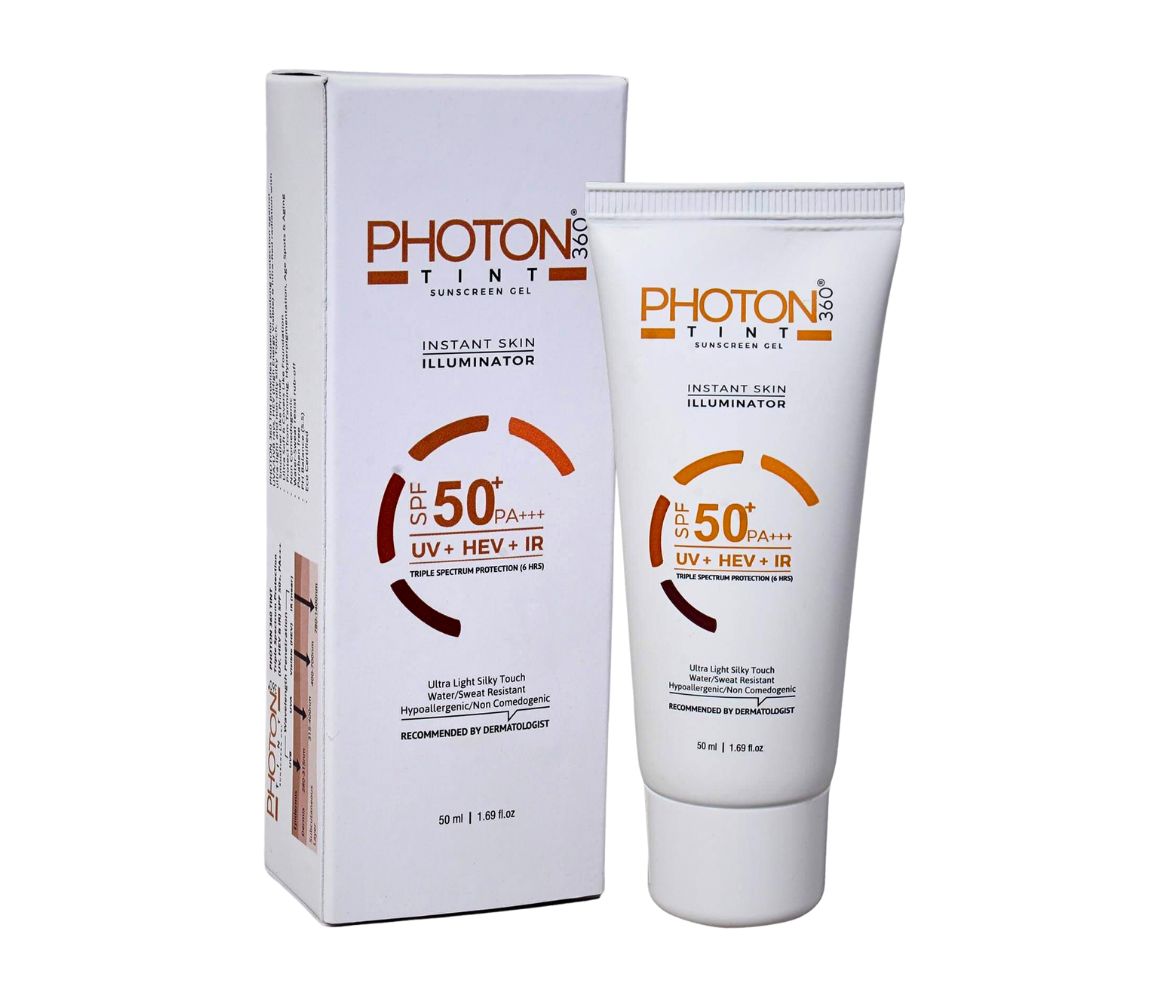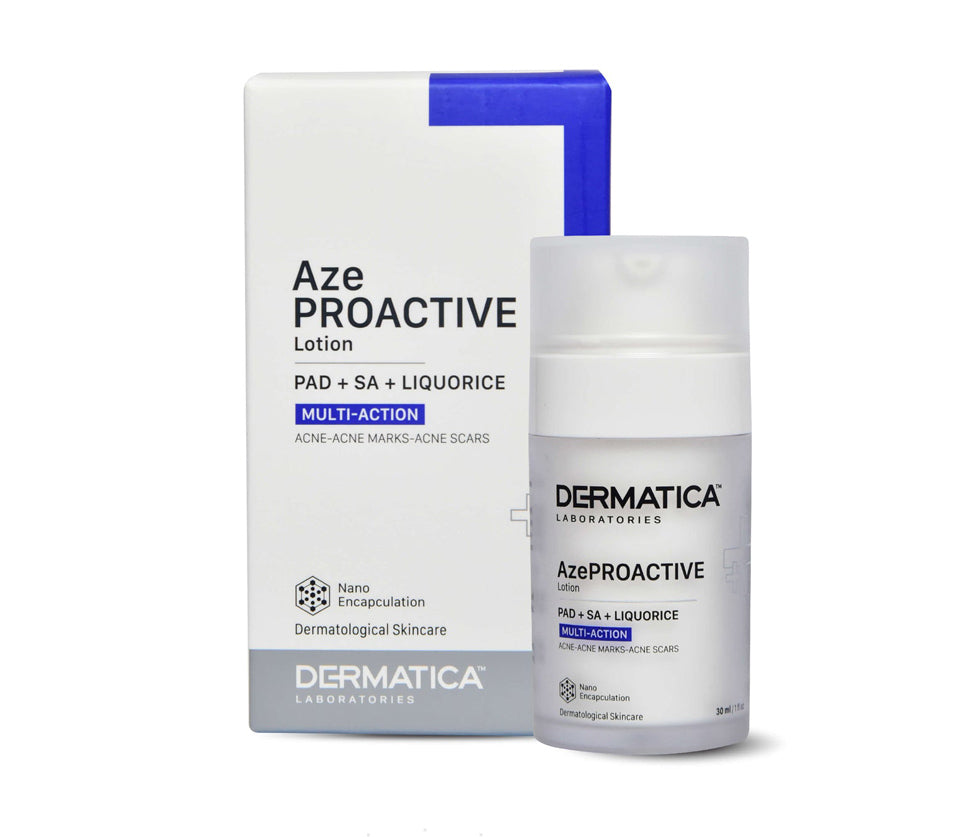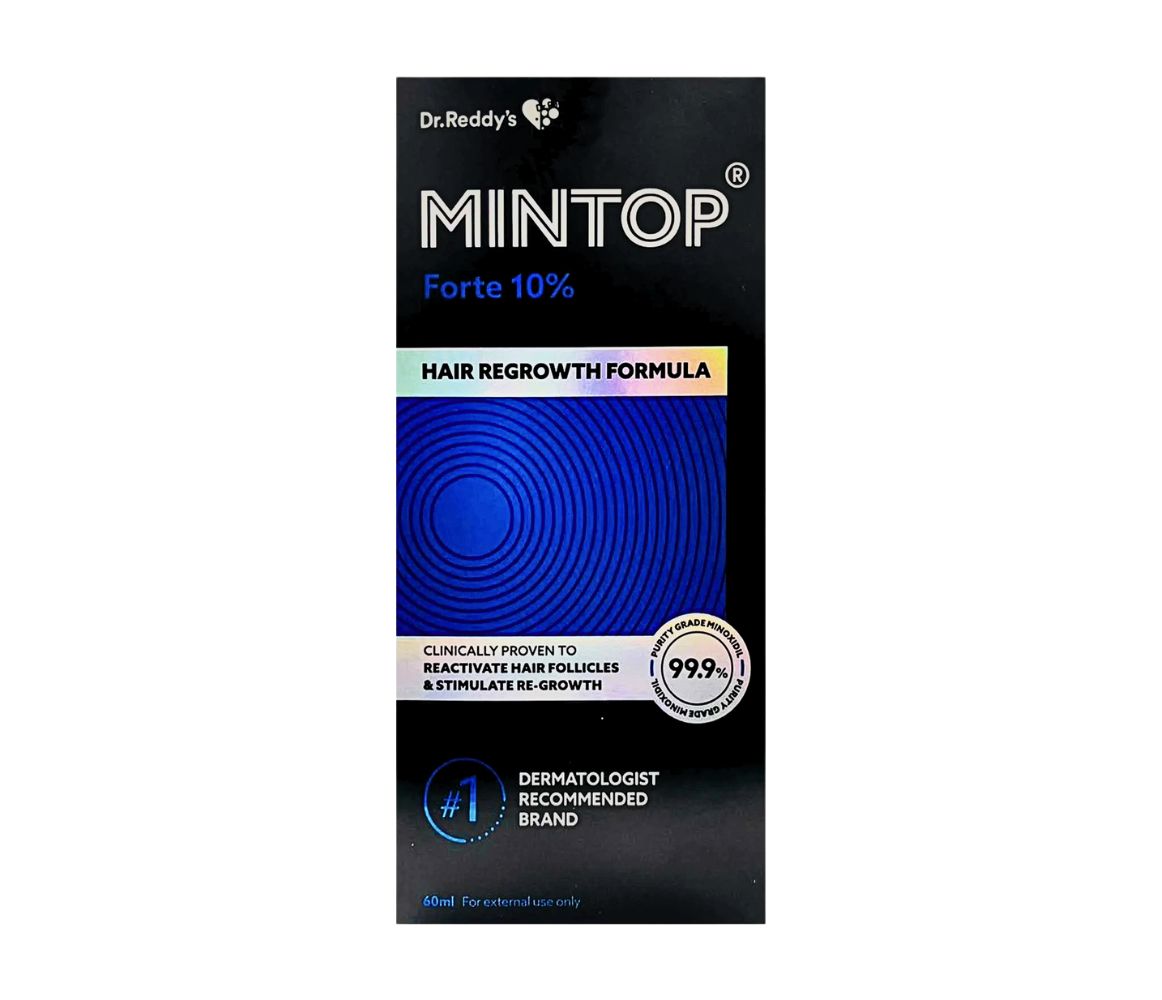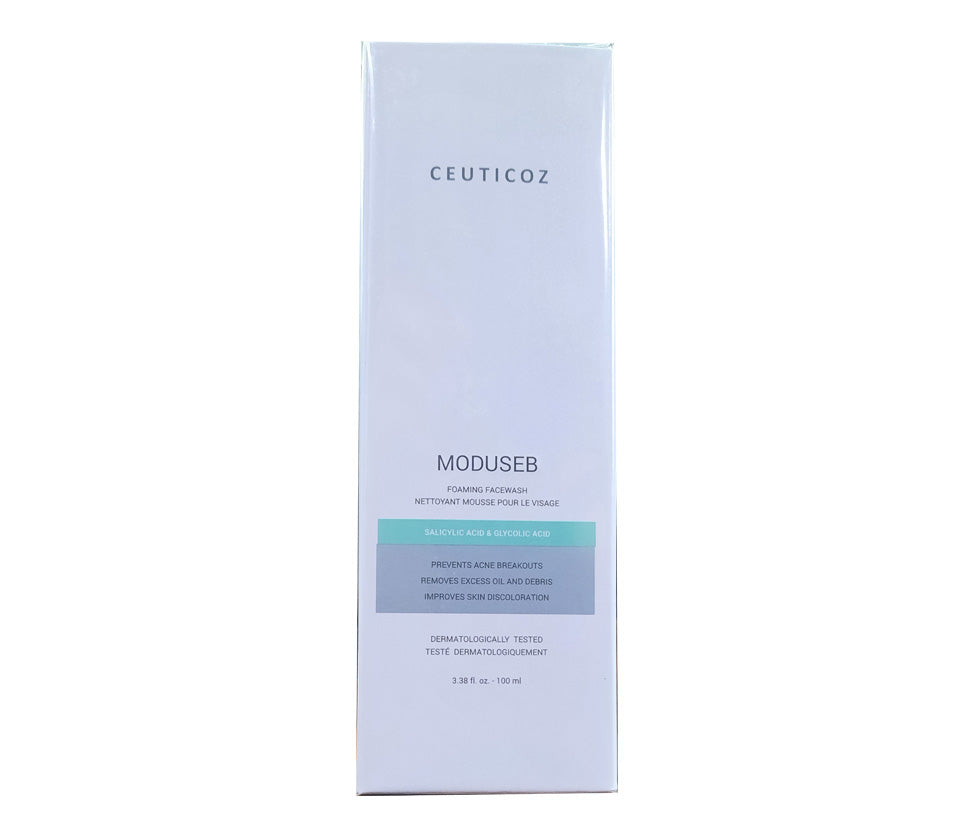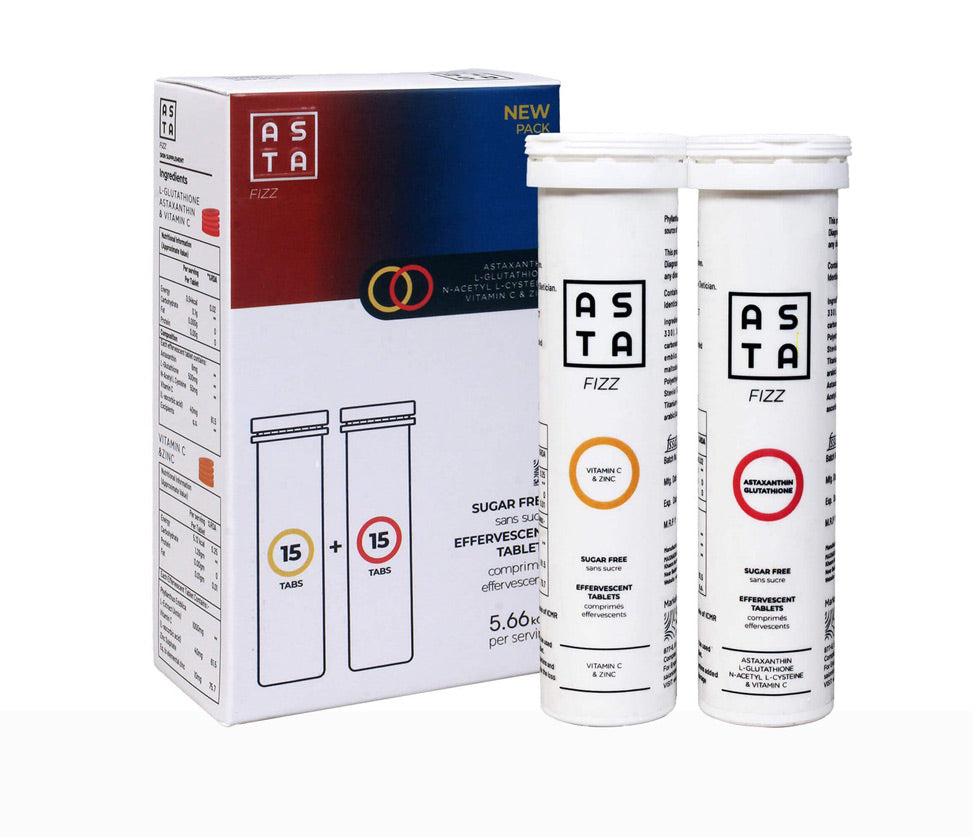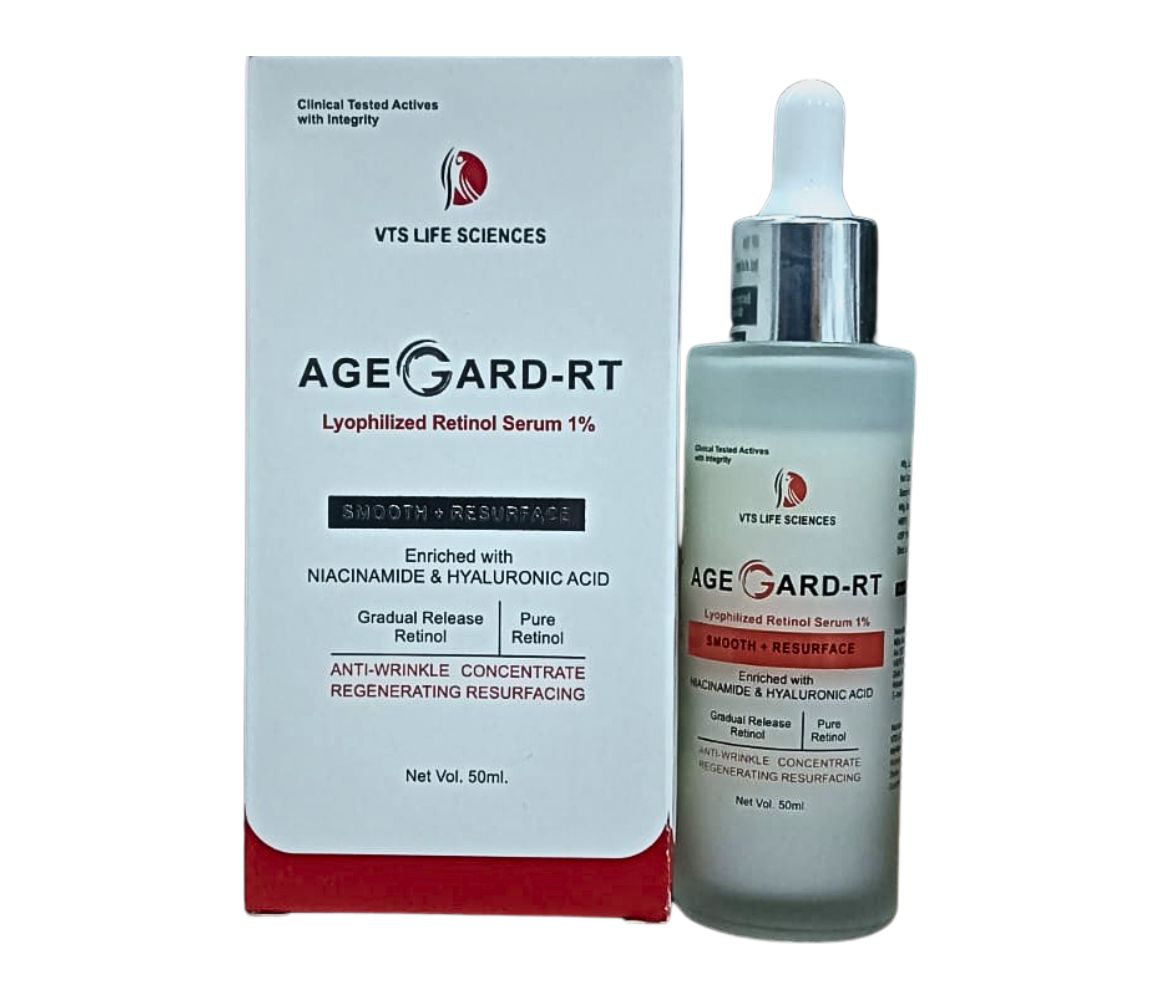Skincare for Indian Skin: What You Really Need to Know

Skincare for Indian Skin: What You Really Need to Know
When it comes to skincare, there’s no such thing as a universal solution—especially for Indian skin. The diversity of tones, the tendency toward pigmentation, and the unique responses to climate and products make Indian skin distinct. If you’re dealing with oily patches, dark spots, sun sensitivity, or the occasional breakout, understanding your skin’s needs is the first step to building a routine that works.
This comprehensive guide will help you understand what makes Indian skin unique, how to identify your skin type, and how to build a simple, effective routine. Plus, you’ll find dermatologist-backed product suggestions from DelMeds and internal links to help you explore related topics.
What Makes Indian Skin Unique?
Indian skin is as varied as the country itself, ranging from light yellow to deep brown, with most people falling somewhere in the wheatish spectrum. The key characteristic is melanin richness, which gives natural protection from the sun but also makes the skin prone to hyperpigmentation and uneven tone.
Key Features of Indian Skin:
- Melanin-rich: Offers some sun protection but increases the risk of dark spots and pigmentation.
- Thicker and oilier: Indian skin is generally thicker and has larger sebaceous glands, leading to more oil production and sometimes acne or blackheads.
- Sensitive to environment: Pollution, humidity, and UV exposure are major triggers for issues like sensitivity, dullness, and breakouts.
- Combination is common: Most Indian skin falls into the combination category, with an oily T-zone and normal or dry cheeks.
Understanding Your Skin Type
Before you buy any products, it’s crucial to know your skin type. Indian skin can be normal, dry, oily, combination, or sensitive. Here’s how to figure out where you fit:
Normal Skin
- Balanced, smooth texture, minimal sensitivity or breakouts.
- Needs gentle cleansing, light moisturiser, and daily sunscreen.
Dry Skin
- Tightness, flakiness, and sometimes redness.
- Needs hydrating cleansers, rich moisturiser, and gentle exfoliation.
Oily Skin
- Shiny, prone to blackheads and acne.
- Needs foaming/gel cleansers, oil-free moisturiser, and regular exfoliation.
Combination Skin
- Oily T-zone, dry/normal cheeks.
- Needs a mix of lightweight and richer products, spot treatments for blemishes, and balancing masks.
- Sensitive Skin
- Reactive, easily irritated by products or weather.
- Needs fragrance-free, gentle products and patch testing for new ingredients.
- Tip: Try the bare-face or blotting sheet test at home to check your skin type.
Common Concerns for Indian Skin

Hyperpigmentation and Dark Spots
- Caused by sun exposure, inflammation, or hormonal changes.
- Melanin-rich skin is more likely to develop stubborn dark patches or uneven tone.

Acne and Blackheads
-
Thicker, oilier skin with larger pores is more prone to breakouts, especially in humid climates.
Dullness
-
Pollution, stress, and lifestyle factors can make skin look tired and lacklustre.
Sensitivity
-
Indian skin can react to harsh ingredients, strong acids, or environmental stressors.
Step-by-Step Skincare Routine for Indian Skin
1. Gentle Cleansing
Cleansing is the foundation of any routine. The goal is to remove dirt and oil without stripping your skin.
- Product Suggestion: Bright Beauty Face Wash
- Why: Brightens and gently exfoliates, ideal for dull or pigmented skin.
If you wear makeup or sunscreen daily, double cleansing helps remove all residues.
2. Target Pigmentation and Uneven Tone
Look for actives like kojic acid, azelaic acid, and niacinamide to fade dark spots and even out skin tone.
- Product Suggestion: Demelan Cream
- Why: Combines glycolic acid, kojic acid, and arbutin for effective, gentle fading of pigmentation.
If you’re new to acids, start slowly and always patch test.
3. Lightweight, Non-Greasy Hydration
Even oily skin needs hydration. Choose lightweight, non-comedogenic moisturisers.
- Product Suggestion: Moisturising Cream
- Why: Vitamin E and ceramides hydrate without heaviness—perfect for combination or oily skin.
Layer a hydrating serum under your moisturiser if your skin feels dry.
4. Daily Sun Protection
Sunscreen is non-negotiable. Indian skin tans easily and is prone to post-inflammatory pigmentation.
- Product Suggestion: Suncros Aqua Gel SPF 50
- Why: Water-based, non-sticky, and leaves no white cast—ideal for Indian summers.
Don’t forget to apply sunscreen on your neck, arms, and other exposed areas.
5. Pollution Defence and Night Repair
Antioxidant-rich serums help fight free radicals and support overnight repair.
- Product Suggestion: Fixderma Vitamin C Face Serum
- Why: 15% vitamin C and hyaluronic acid boost glow and shield against pollution.
Apply antioxidants in the morning and always follow with sunscreen.
Bonus Tips for Indian Skin
- Double cleanse if you use sunscreen or makeup daily.
- Exfoliate weekly to prevent buildup and brighten skin, but avoid harsh scrubs—opt for chemical exfoliants instead.
- Introduce activities slowly to avoid irritation.
- Patch test all new products, especially if you have sensitive skin.
- Embrace natural ingredients but use them thoughtfully—always dilute and patch test.
Common Skin Issues and Solutions
|
Concern |
Common in Indian Skin? |
Product Suggestion |
|
Hyperpigmentation |
✅ Very Common |
Demelan Cream |
|
Acne |
✅ Often hormonal |
Acnestar Gel |
|
Dullness |
✅ Lifestyle-related |
Fixderma Vitamin C Serum |
|
Dehydration |
✅ Seasonal |
Cutisun Moisturiser |
If you’re dealing with multiple issues, focus on one at a time. Overloading your skin with actives can backfire.
Embracing the Diversity of Indian Skin
Indian skin isn’t just one shade or type—it’s a spectrum of tones and textures, each with its own strengths and challenges. The Fitzpatrick scale places most Indian skin in types 3 and 4, meaning we’re more prone to tanning but less likely to burn. Our thicker, oilier skin means we’re less vulnerable to premature ageing but more likely to experience acne and blackheads.
Environmental factors—like pollution, humidity, and harsh sun—make it even more important to choose products specifically formulated for Indian skin. Traditional ingredients can be beneficial, but modern science-backed formulations offer targeted results without irritation.
Final Thoughts: Keep It Simple, Stay Consistent
Skincare for Indian skin is about balance and consistency, not complexity. Whether you’re battling pigmentation, breakouts, or dryness, focus on the basics: gentle cleansing, targeted treatment, lightweight hydration, daily sunscreen, and antioxidant defense.
If you’re looking for dermatologist-approved, science-backed products made for Indian skin, explore DelMeds for everything you need to build your best routine.
DISCLAIMER : This website provides general information for educational purposes only and should not be considered a substitute for professional medical advice, diagnosis, or treatment. Always seek the guidance of a qualified healthcare professional with any questions you may have regarding a medical condition. Do not disregard professional medical advice or delay seeking it because of information you've read on this website. Your health is important – when in doubt, consult a doctor.

